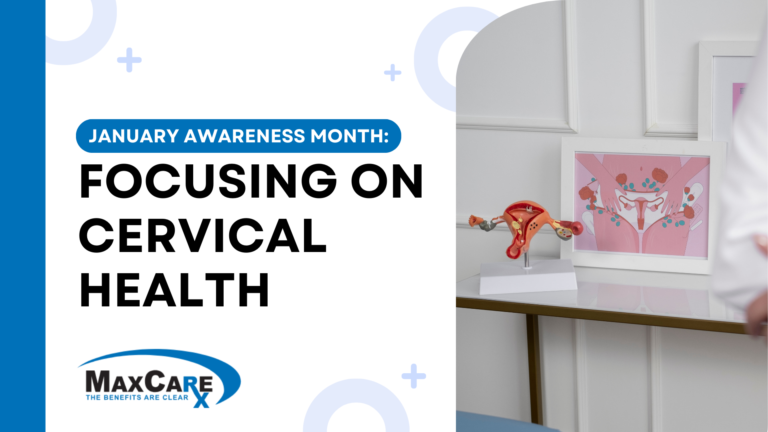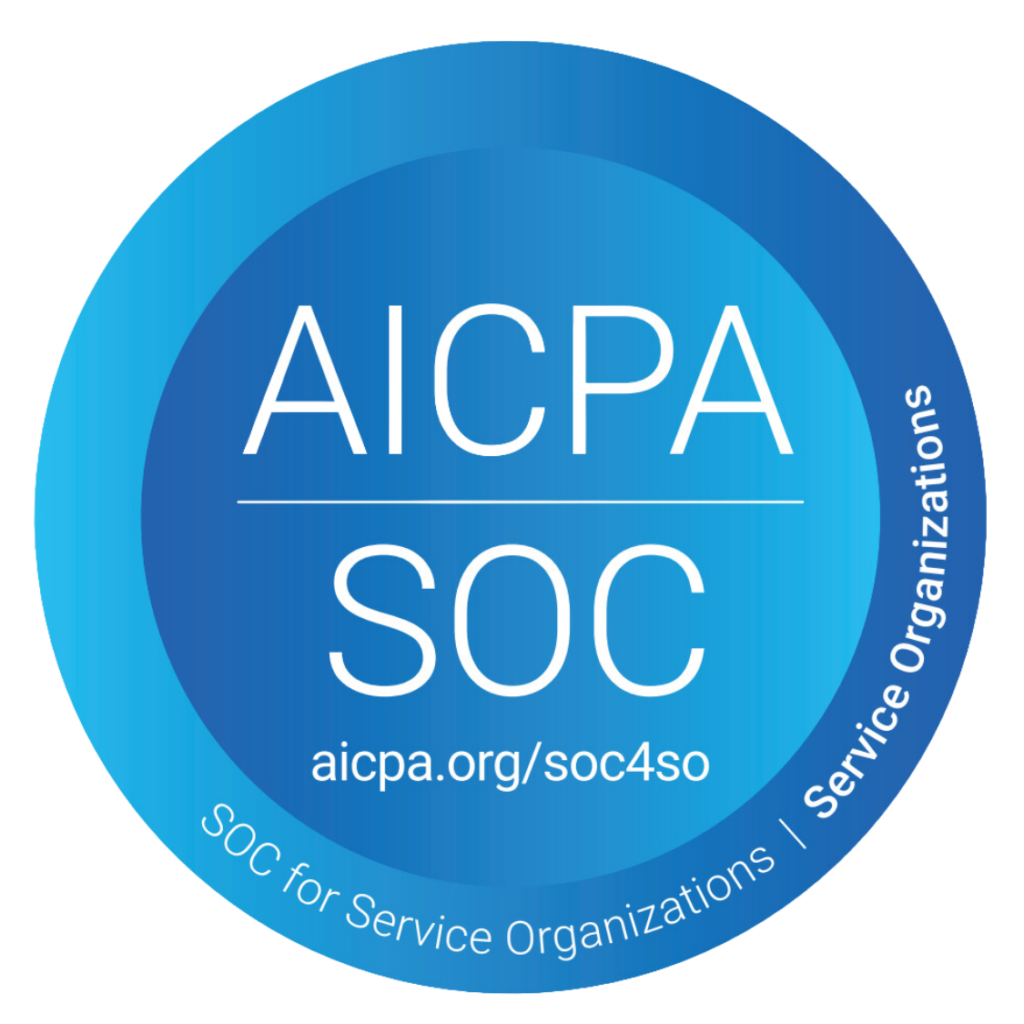Heart health is the cornerstone of overall well-being, yet it is often overshadowed by the immediacy of other components of health. Heart disease wears numerous facades, from silent and slowly progressing to acute and life-threatening. With February being the designated month to bring awareness to heart health, it’s a strategic time to lean in and discern the subtleties of cardiac wellness and the imperative of fostering proactive heart health measures.
The Heart of Well-Being
The heart, often heralded as the engine of the human body, undeniably commands central importance in our physical health. Positioned at the core of the circulatory system, it is responsible for ensuring that oxygen-rich blood reaches every cell, every tissue, and every organ. This ceaseless function sustains life, and without it, our bodily systems cannot operate harmoniously. A robust heart signals a body flourishing in health. When the heart beats steadily and forcefully, it denotes that it can efficiently pump blood, thereby proficiently delivering nutrients and oxygen throughout the body. This efficiency is the groundwork for maintaining the vitality of all bodily functions.
Beyond its biological impact, heart health propels the economic vitality of a workplace and society at large. Healthy hearts in employees translate to decreased absenteeism, increased productivity, and a more engaged workforce. Contrarily, when heart health is undermined, the repercussions are far-reaching—downtime for employees, higher insurance costs, and increased healthcare expenditures, which can strain the financial infrastructure of a business.
Given its vast influence, heart health becomes more than a personal health metric—it becomes a business imperative. Employers who foster heart-healthy work environments through stress reduction programs, health education, fitness incentives, and nutritious food options at work are investing in the very heartbeat of their enterprise. By instigating a culture of health, organizations not only nurture their employees’ well-being but also reinforce their own operational stability and long-term success.
A Pervasive Malady: Heart Disease Statistics
Heart disease remains the leading cause of death globally, claiming millions of lives annually. Despite advancements in healthcare, the prevalence of heart-related ailments continues to soar. The statistics are not just numbers; they are indicative of families, communities, and workplaces being impacted every day.
According to the Centers for Disease Control and Prevention (CDC), every 33 seconds, a life is lost to cardiovascular disease. The toll it takes on the nation’s health is further magnified by the fact that, in 2021 alone, heart disease claimed the lives of approximately 695,000 individuals. This alarming figure translates to heart disease being responsible for one in every five deaths, highlighting an urgent need for concerted efforts in cardiovascular prevention and care.
The American Heart Association (AHA) has released its 2023 Heart Disease and Stroke Statistics Update Fact Sheet with data from the National Health and Nutrition Examination Survey (NHANES) from 2017 to March 2020, revealing that cardiovascular disease (CVD)—which includes coronary heart disease (CHD), heart failure (HF), stroke, and hypertension—affects 48.6% of the adult population aged 20 and over in the United States. This equates to approximately 127.9 million individuals in 2020.
Mortality rates for heart disease (HD) and stroke present a stark reality, with these conditions taking more lives annually than the combined fatalities from cancer and chronic lower respiratory disease. Analyzing the mortality data from 2020 reveals that 207.1 out of every 100,000 individuals succumbed to HD and stroke.
Types of Heart Disease
Coronary Artery Disease (CAD): The most common type of heart disease, CAD occurs due to the build-up of plaque in the heart’s arteries, causing them to narrow and restrict blood flow to the heart muscle.
- Hypertension: High blood pressure is a silent killer that significantly increases the risk of heart and kidney diseases. It often goes unnoticed until substantial damage has occurred.
- Arrhythmias: Abnormal heart rhythms can lead to a range of issues from palpitations to life-threatening complications if left unchecked.
- Congestive Heart Failure: A condition where the heart can no longer pump blood effectively, leading to fluid buildup and shortness of breath.
- Valvular Heart Disease: Diseases of the heart valves can lead to improper blood flow through the heart, potentially causing serious health issues.
Gender-Specific Statistics
Heart disease does not strike all equally. For instance, while men might be more prone to CAD at an earlier age, women are more likely to suffer from certain types of heart conditions, such as coronary microvascular disease (CMD) and broken heart syndrome, especially post-menopause.
Men and women exhibit differences not only in susceptibility but also in the presentation of symptoms and outcomes following adverse heart events. It is crucial for health decision-makers to account for these differences in developing wellness programs and benefit offerings.
Symptoms of Heart Diseases
Heart disease symptoms depend on the type and stage of the condition and can range from classical to no symptoms at all. The following are the most common symptoms of heart disease:
1. Chest Discomfort or Pain (Angina)
One of the most recognizable signs of heart trouble is chest pain. It can feel like a heavy weight is resting on the chest, a squeezing sensation, or a deep pain that may travel to the arms, neck, jaw, back, or stomach. Angina is often triggered by physical exertion or stress and usually subsides with rest or medication.
2. Shortness of Breath (Dyspnea)
Many heart conditions lead to shortness of breath due to the heart struggling to pump enough oxygen-rich blood to meet the body’s needs. It may occur during activity, while at rest, or while lying flat (orthopnea).
3. Palpitations
Palpitations create a sensation of the heart racing, skipping beats, or fluttering. They can be linked to many forms of heart disease, including arrhythmias and excessive stress or caffeine intake.
4. Fatigue
A less specific yet common symptom is overwhelming fatigue, which could set in after usual activities or even while resting. It can be related to heart failure or coronary artery disease.
5. Swelling (Edema)
Heart diseases, especially heart failure, can cause fluid retention, leading to swelling in the legs, ankles, feet, abdomen, or, less commonly, the hands. This symptom often accompanies feelings of weight gain and an increased need to urinate at night (nocturia).
6. Dizziness or Lightheadedness
When the heart can’t pump blood effectively, as in the case of arrhythmia or heart failure, it can lead to feelings of dizziness, lightheadedness, or even fainting spells (syncope).
7. Other Symptoms
There are other less common heart disease symptoms such as nausea, indigestion, or heartburn that can mimic other conditions like acid reflux. Some individuals, especially women, may experience abdominal pain or discomfort in the back or shoulder blades.
8. Silent Symptoms
Notably, some people—particularly those with type 2 diabetes or the elderly—may not experience any obvious symptoms of heart disease at all, a condition known as silent ischemia. In these cases, heart disease might not be detected until a person experiences signs of a cardiac event, like a heart attack or a stroke.
Recognizing the diversity and sometimes subtlety of heart disease symptoms is vital, as it encourages timely medical consultation and potential early diagnosis. Education around the range of symptoms can equip individuals to better interpret signals from their bodies and seek appropriate care when necessary.
Beating the Odds with Education and Prevention
Awareness fuels prevention, and in the case of heart health, this knowledge is lifesaving. Employers and health consultants play a pivotal role in disseminating this vital information. Regular screenings, lifestyle changes such as diet and exercise, stress management, and smoking cessation are among the myriad proactive strides toward heart health.
TPAs and PBMs can provide valuable resources, ranging from educational materials on heart health to benefit designs that encourage regular check-ups. These strategies not only foster healthier lifestyles but also make economic sense by potentially reducing the number of costly cardiac events and associated healthcare claims.
Innovative Support Systems
The healthcare landscape is continuously evolving, presenting new opportunities for promoting heart health through innovative technologies and programs. From wearable devices that monitor heart rate and rhythm in real time to telehealth services providing access to cardiologists, these advancements reinforce a culture of prevention and early intervention.
Employers and healthcare consultants are uniquely positioned to integrate these solutions into benefit packages, thus equipping their workforce with tools to monitor and manage their heart health effectively.
A Call to Action for Heart Health Awareness from MaxCare
By championing campaigns to enhance heart health, organizations are not only cultivating a healthier workforce but are also underpinning the resilience and vigor of their business. The heart beats not just as an organ confined within us, but as a shared pulse fostering wellness throughout our professional realms.
As we spotlight heart health this February, the call to action for self-funded employers, brokers, TPAs, and PBM consultants is clear: to prioritize cardiovascular wellness within benefit programs and health initiatives. These efforts not only have the power to improve individual lives but can also result in long-term positive impacts on the healthcare system and the economy at large.
Starting with a profound understanding of heart health and the varied ways it manifests, we can develop targeted strategies that offer the best in prevention, intervention, and comprehensive care. By harnessing the collective power of education, technology, and innovative healthcare solutions, we can ensure that the vital beat of business – the health of its people – continues strong and steady.



